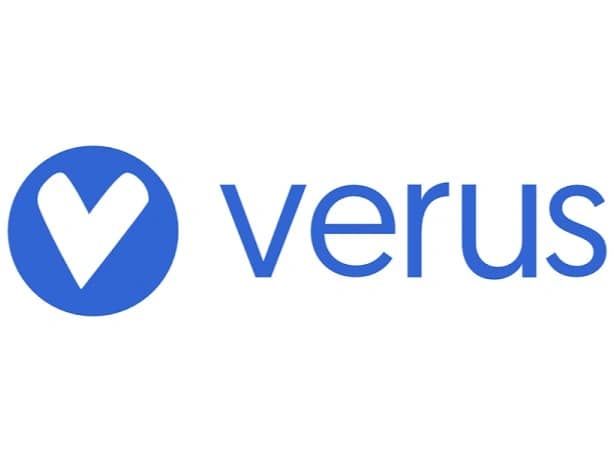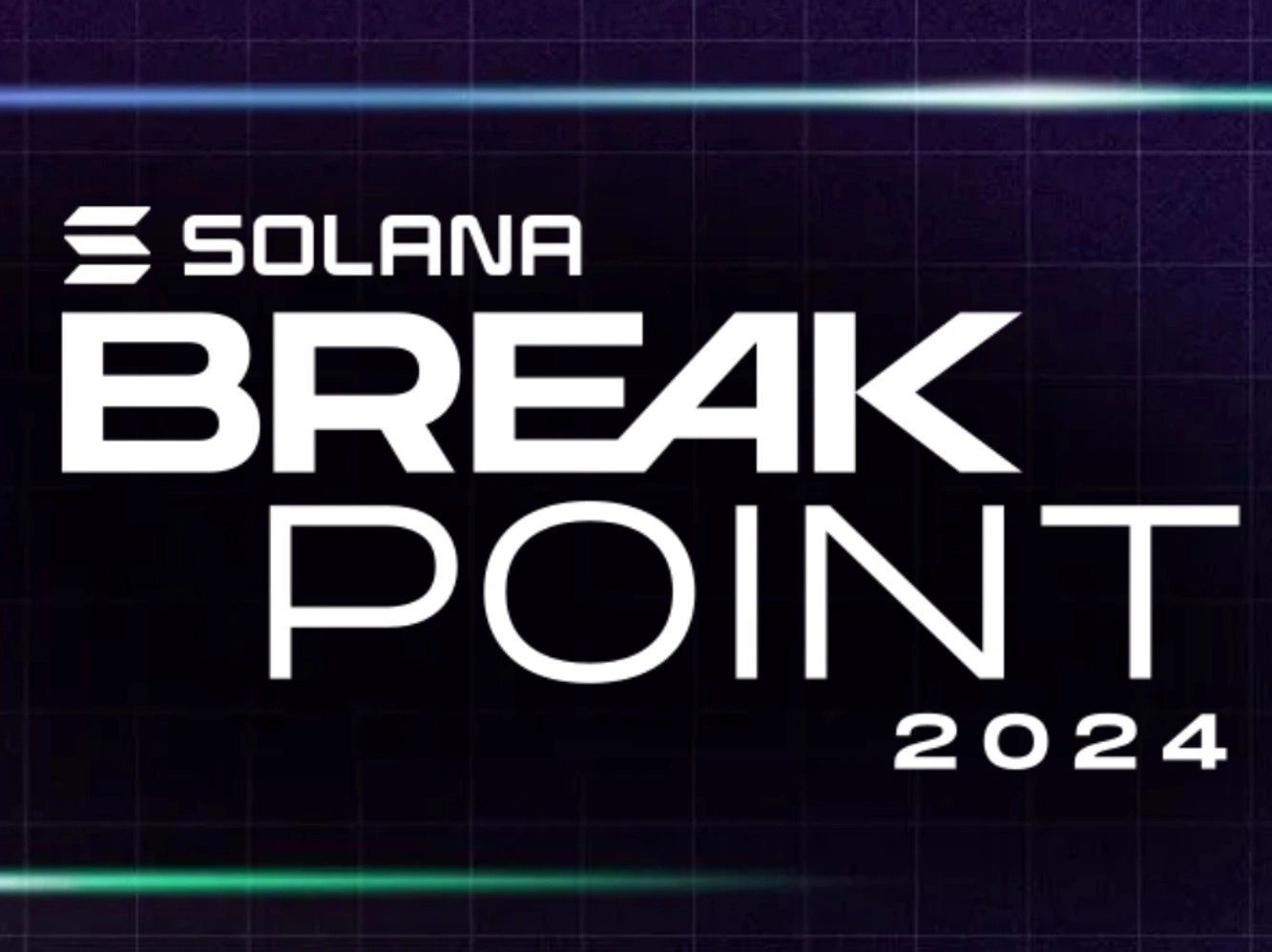Verus (VRSC)
Verus (VRSC) is the native cryptocurrency of the Verus blockchain protocol, a platform designed to provide secure, scalable, and privacy-oriented public infrastructure. The protocol utilizes a hybrid consensus model of Proof-of-Work (PoW) and Proof-of-Stake (PoS) to facilitate digital identity solutions, financial transactions, blockchain creation, and decentralized services. [1]
Overview
Verus is a Layer 0/1 blockchain protocol enabling the creation of parallel blockchains (PBaaS - Public Blockchains as a Service) and a multi-currency network. The protocol prioritizes decentralization by avoiding ICOs, premine allocations, or founder fees.
Key components of Verus include:
- Infrastructure scalability through PBaaS and Autochains.
- Interoperability for value and data exchange across blockchains.
- Privacy through zero-knowledge proof technologies.
- Decentralized identity via VerusID. [1] [2] [4] [7]
History
Verus launched on May 21, 2018, with a phased emission model to ensure fairness and stability. Rewards were time-locked during initial phases to encourage sustained ecosystem participation.
The project was founded by Michael Toutonghi, a former Microsoft Technical Fellow, who aimed to develop a blockchain protocol emphasizing privacy and decentralization. Built on Komodo platform technologies, Verus introduced innovations such as VerusHash, an algorithm optimized for CPU mining to ensure accessibility.
Key milestones:
- May 2018: Launch with 50/50 PoW and PoS consensus.
- 2019: Introduction of Autochains and PBaaS functionalities.
- 2021: Implementation of Verus Vault and decentralized VerusID marketplace. [1] [7]
Technology
Consensus Mechanism: Proof of Power
Verus employs a hybrid consensus model, combining PoW and PoS. This dual-layer system enhances resistance to 51% attacks, requiring an attacker to control a majority of both mining hash rate and staked coins.
Autochains and PBaaS
Autochains allow users to create customizable blockchains that inherit security from the Verus network. The PBaaS model supports tailored blockchains for various applications, including decentralized and enterprise solutions.
VerusID
VerusID provides decentralized digital identities, which can function as wallets, represent entities, or facilitate inheritance and vesting use cases. Peer-to-peer transactions of VerusIDs occur without intermediaries, utilizing zk-SNARKs for privacy.
Privacy
The protocol integrates zero-knowledge proof technologies to enable private transactions and secure identity verification without revealing sensitive data. [1] [2] [7] [8]
Features
Mining and Staking
- Mining: VerusHash 2.2 supports CPU-based mining, promoting accessibility and energy efficiency.
- Staking: Users can participate without specialized hardware, ensuring inclusivity.
Interoperability
- Cross-blockchain value and data exchange.
- Connections with ecosystems like Ethereum.
- Unified management of multichain assets.
Fee Pool Mechanism
Transaction fees are collected into a pool and distributed to miners and stakers, promoting network activity.
Scalability
- Autochains allow independent chains to operate without affecting the main blockchain.
- Merge-mining supports securing multiple chains simultaneously.
Environmental Considerations
- Low-power mining: Algorithms enable mining on devices like smartphones.
- Merge-mining: Optimizes resource utilization by securing multiple chains concurrently. [3]
Community
- Active participation from developers, miners, and users.
- Global outreach, with over 10,000 members.
- Decisions guided by community governance.
Future Development
- Machine Learning Integration: Utilizing blockchain data for AI applications.
- Content Classification: Ensuring data integrity through decentralized systems.
- Advanced Privacy Tools: Expanding zk-SNARK functionality.
- Decentralized Storage: Developing blockchain-integrated storage solutions. Verus aims to provide tools and infrastructure to support decentralized systems for individuals and organizations globally. [1] [2] [5] [6]

